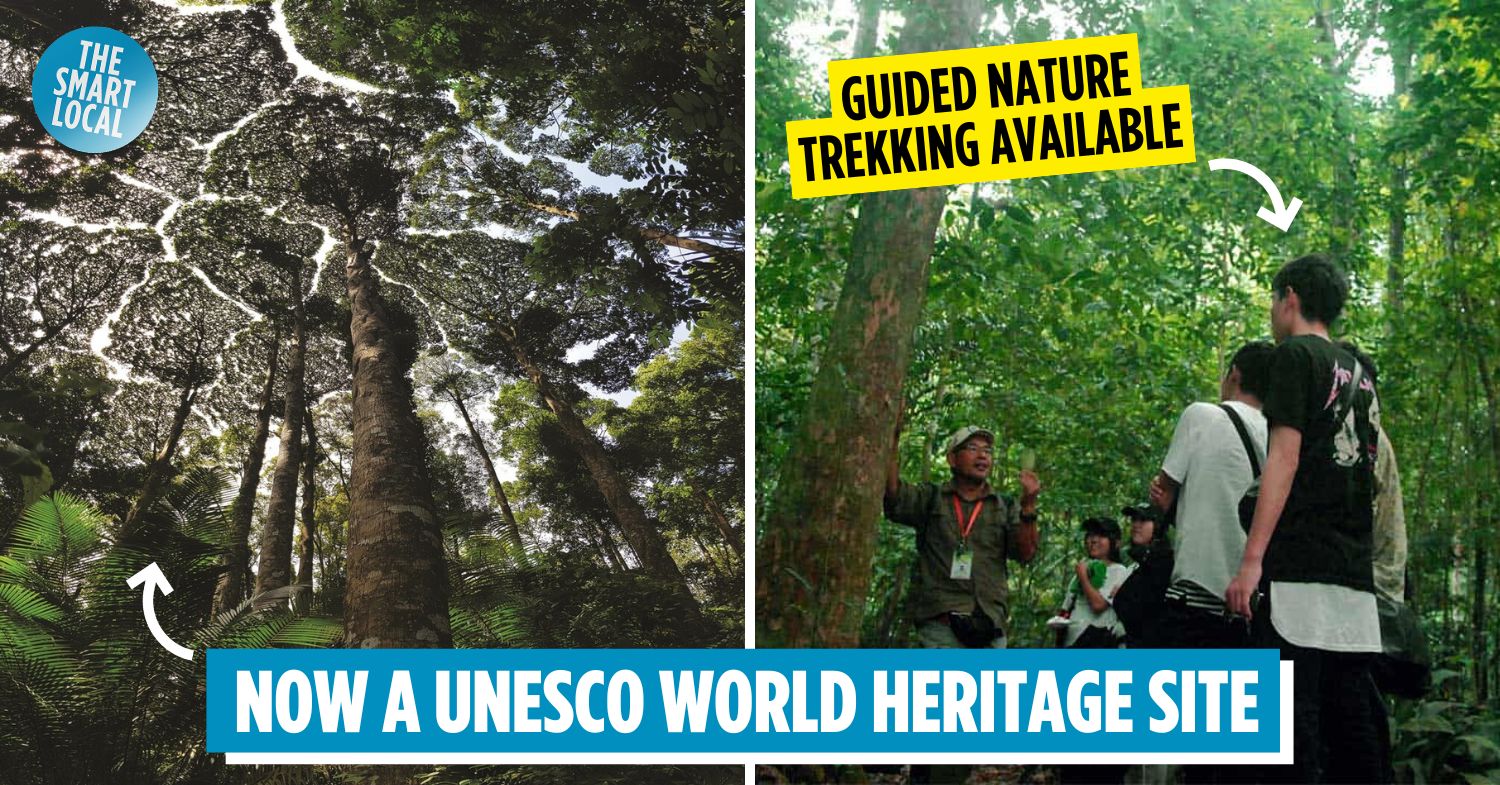FRIM is now Malaysia’s sixth UNESCO World Heritage Site
Malaysia has plenty of nature gems that have us willingly swapping our flip flops for sports shoes to explore. But just a handful of them are internationally recognised by UNESCO as World Heritage Sites. Recently joining this list-of-lists for culture and history buffs is FRIM Forest Park Selangor, otherwise known simply as FRIM among locals. The destination in Kepong has proudly joined the ranks of UNESCO World Heritage Sites.
What is a UNESCO World Heritage Site?
In case you’re wondering what the big deal is, a UNESCO World Heritage Site is a designation given to selected sites around the globe that the World Heritage Committee deems to have “outstanding universal value”. This can otherwise be defined as sites that hold cultural and natural significance to humankind.
At the time of writing, there are 1,248 properties recognised by UNESCO, with five places in Malaysia carrying the title. They are:
| Destination | Recognised by UNESCO for | Year of designation |
| Gunung Mulu National Park | A Sarawak landmark with karst features and the world’s largest known cave chamber | 2000 |
| Kinabalu Park | A destination in Sabah that’s largely dominated by Mount Kinabalu, one of the highest peaks on an island in the world, and diverse flora | 2000 |
| Melaka and George Town, Historic Cities of the Straits of Malacca | Two historic cities in Malaysia that are recognised for their history-laden government buildings, churches, squares, and fortifications | 2008 |
| Archaeological Heritage of the Lenggong Valley | Four archaeological sites with a history of over 2 million years. It’s also recognised as having one of the longest records of early man in a single locality, and also the oldest outside of the African continent. | 2012 |
| The Archaeological Heritage of Niah National Park’s Caves Complex | A complex of interconnecting caves where the longest records of human interaction with a rainforest have been documented. | 2024 |
What is FRIM?
The Forest Research Institute Malaysia (FRIM) stands tall as a vanguard in forestry research and preservation in Kepong, on the fringes of KL and Selangor. Since its founding in 1929, the man-made tropical rainforest has played an important role in enhancing locals’ knowledge of forest ecosystems and their management, alongside conservation strategies that encompass research, education, and community involvement.
Today, FRIM comprises a campus with buildings and facilities inside dedicated to research and conservation, and the Kepong Botanic Gardens, a nearby park.
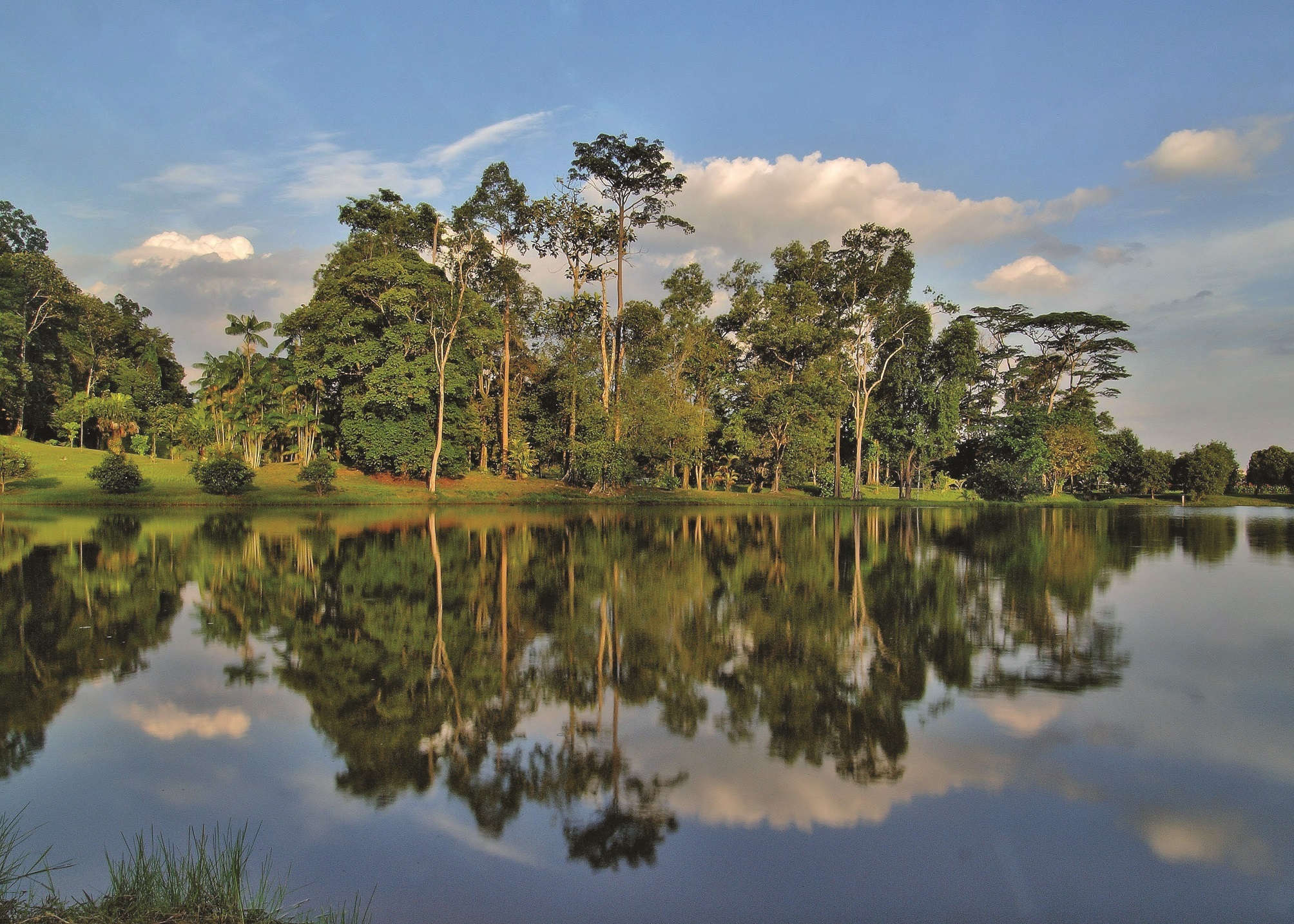 Image credit: FRIM
Image credit: FRIM
FRIM’s efforts have since been recognised by UNESCO, which designated the forest park a World Heritage Site in 2025. The news was shared in a post on FRIM’s official Facebook account on 12th July, with UNESCO now having FRIM part of its directory list. The recognition is to highlight the site’s reforestation and sustainable land rehabilitation practices – FRIM happens to sit on a parcel of formerly barren land that saw tin mining activities in the 1920s.
Is FRIM open to the public?
In pre-pandemic days, visitors could freely roam the FRIM campus on foot or a bicycle to explore its nature trails, waterfalls, various canopy walks, and towering treehouse. The vast forest park also happens to be home to a natural occurrence called crown shyness.
This phenomenon sees trees, typically kapur trees, “social distancing” from each other, with gaps between them forming an eye-pleasing jigsaw puzzle effect.
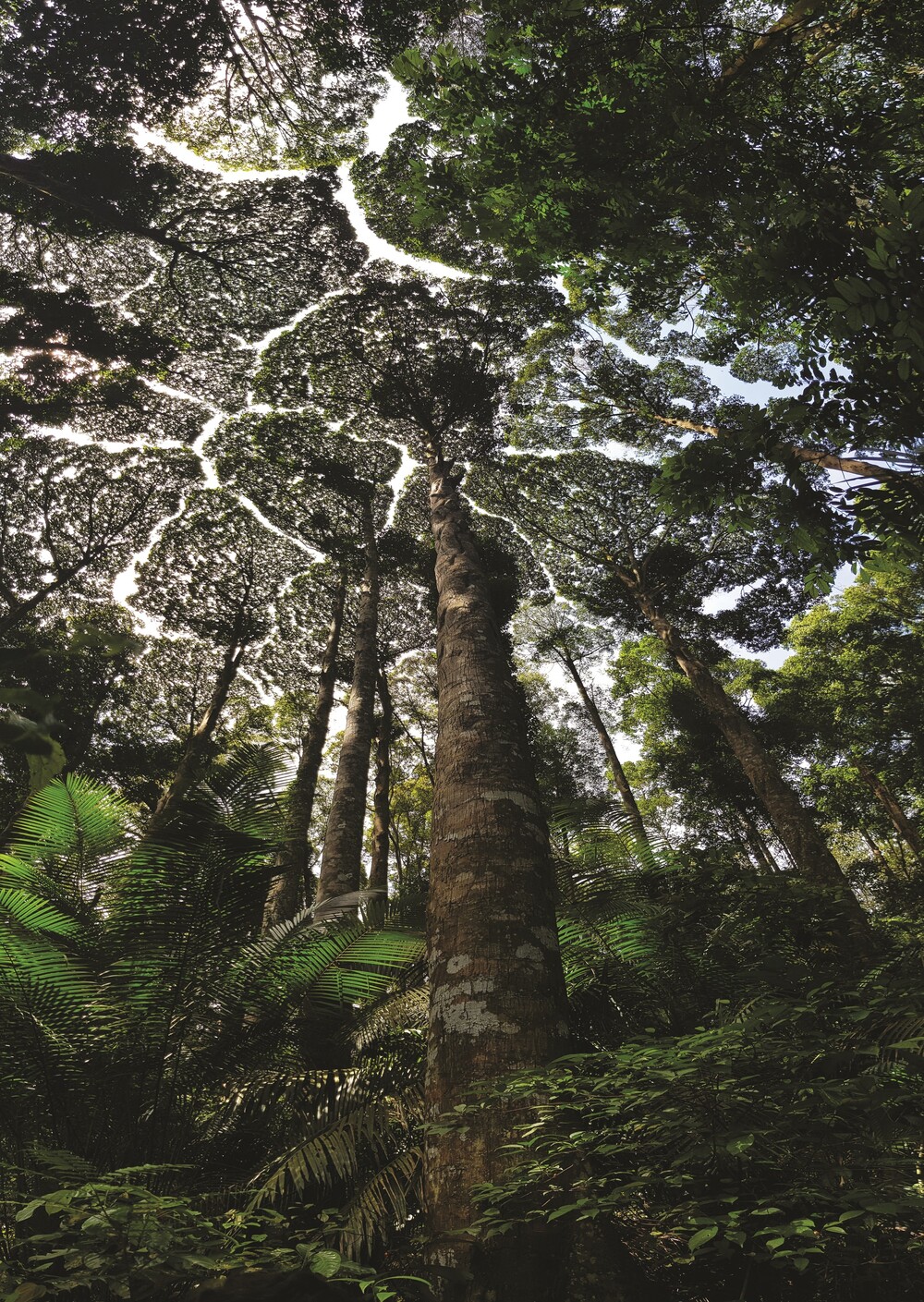
Image credit: FRIM
However, activities at FRIM are limited to visits for specific purposes such as camping and group-bonding activities. Since June 2016, all FRIM nature trails have been closed to visitors, with a guide required to explore the trails. The move was to reduce severe soil erosion from human activity and ensure the safety and whereabouts of visitors, as FRIM’s campus is just adjacent to the sprawling Bukit Lagong Forest Reserve.
For starters, if you want to trek its nature trails and see the kapur trees, this now requires a booking for a group of up to 10 hikers – in other words, walk-ins are no longer allowed. There’s a charge of RM150 per group and additional parking (RM5/car) and admission (RM5/pax) fees. A guided nature trek can be booked by calling or emailing FRIM’s visitor information centre.
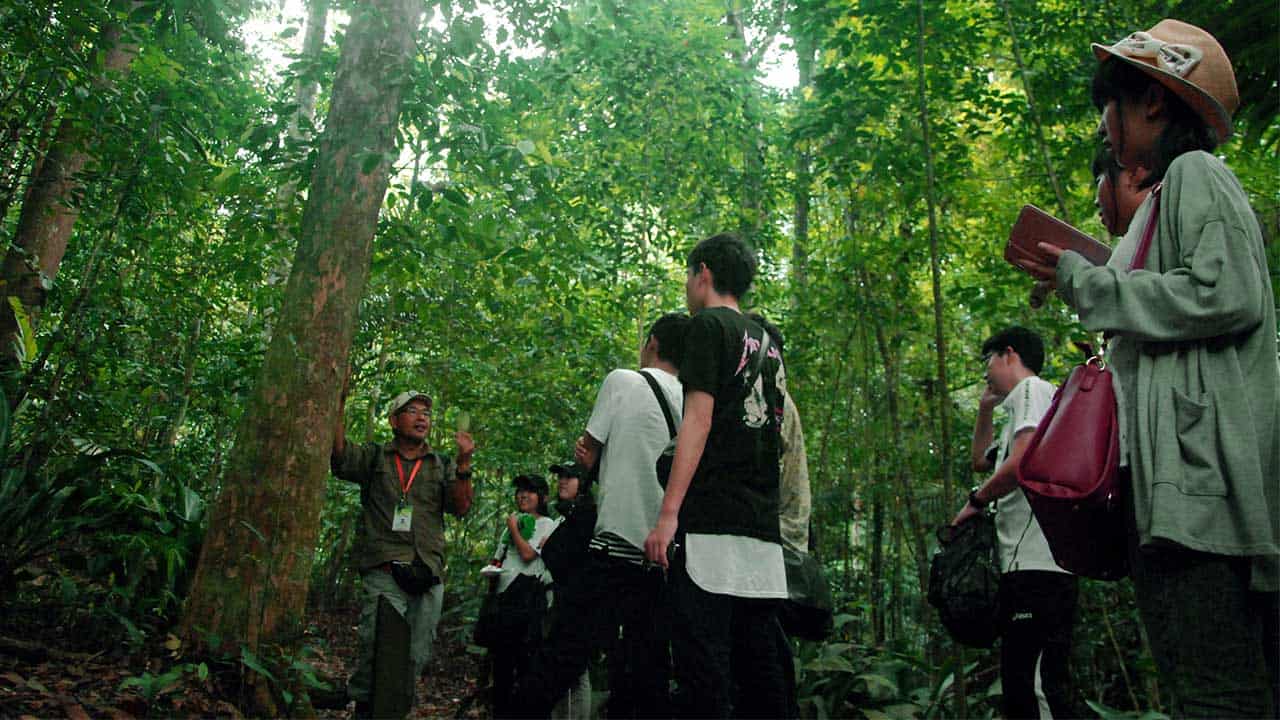
Image credit: Selangor Travel
Visitors who want to spend time in nature here are advised to visit the adjacent Kepong Botanic Gardens, which is managed by FRIM, for jogging and recreational activities instead. This is not much of a drawback, as the latter happens to house the jaw-dropping Forest Skywalk and also the newly viral cafe in a forest, Mimpi Hutan.
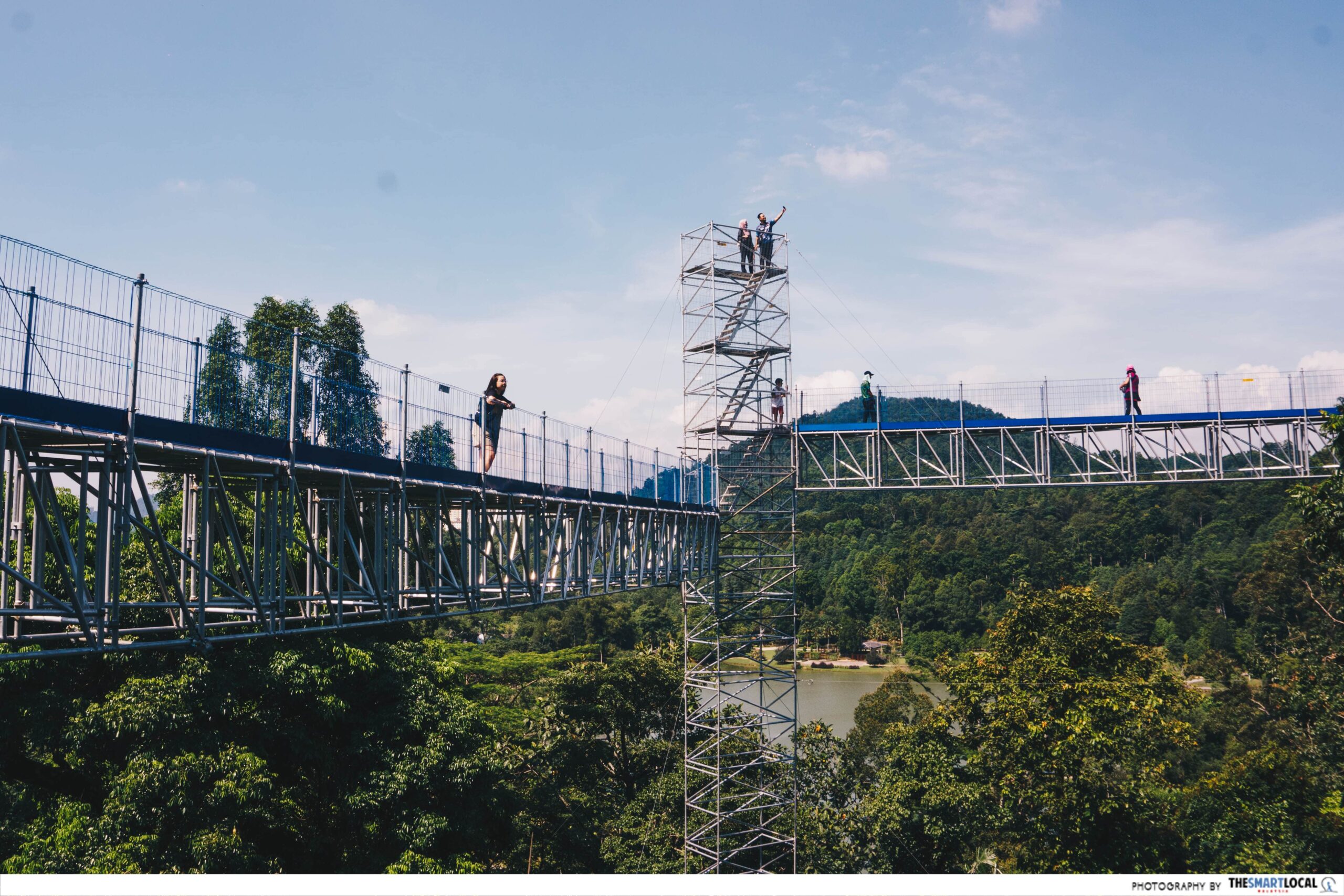
Malaysia now has six UNESCO World Heritage Sites, including FRIM
FRIM’s new status as a UNESCO World Heritage Site is certainly a feat to be celebrated by Malaysians. It joins the handful of places in the country that have the prestigious designation. While visits to the newly minted UNESCO-recognised site are currently limited to guided group treks, we can still have an option to explore its nature trails on a guided tour.
You might also be interested in:
Cover image adapted from: FRIM
